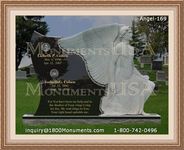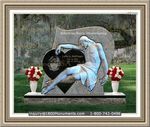|
What You Should Expect When Appearing At A Traditional Jewish Funeral
Certain rituals are normally performed at a Jewish funeral. These rituals vary, mainly depending on which community the deceased is from and the person who is officiating the wedding. Some officials are quite strict in observing that all rituals are performed as required, while others are flexible. The customs carried out aim at showing respect to the deceased as well as the mourners.
The burial should take place within twenty four hours after death. However, there are some instances that may prevent this from happening. If close family members of the deceased are based in far away location, the burial will have to be delayed until the relatives have arrived. However, the funeral should generally be carried out as soon as possible.
Viewing of the body is not allowed. The casket is normally sealed during the memorial service and burial. The casket chosen should be simple and be made out of wood only. No metallic parts are allowed as metal is not biodegradable.
Preservation of the body through embalming is not allowed, unless demanded by local laws for health reasons. This is to allow the body to decompose naturally. If the family wishes, they can call a pious society of men and women who have devoted themselves to the task of cleaning and dressing dead bodies as required by tradition.
The memorial service should be completed within a few minutes. Flowers are not allowed, though some Rabbi's may make exceptions. Mourners are not allowed to greet the attendees until after the ceremony has been completed. Mourners accompany the deceased to their final resting place.
At the conclusion of a Jewish funeral, mourners pass through the middle of the parallel line formed by the attendees. The attendees recite consoling words to the mourners. To symbolically cleanse themselves, mourners can wash their hands when leaving the graveside.
|
|



























